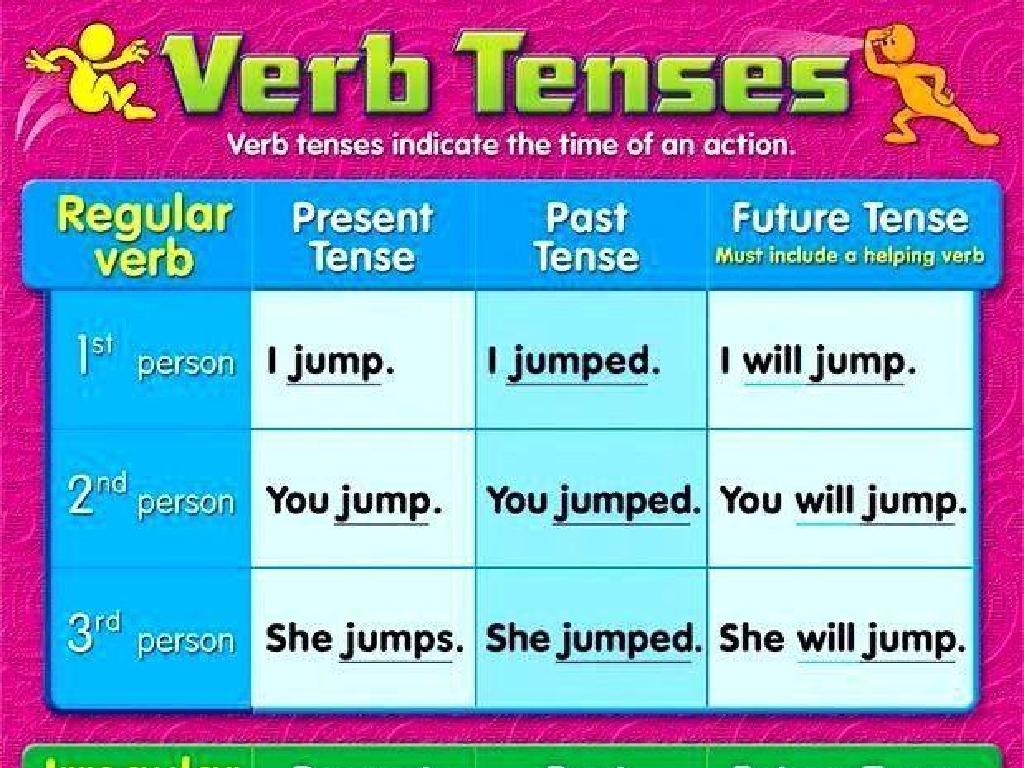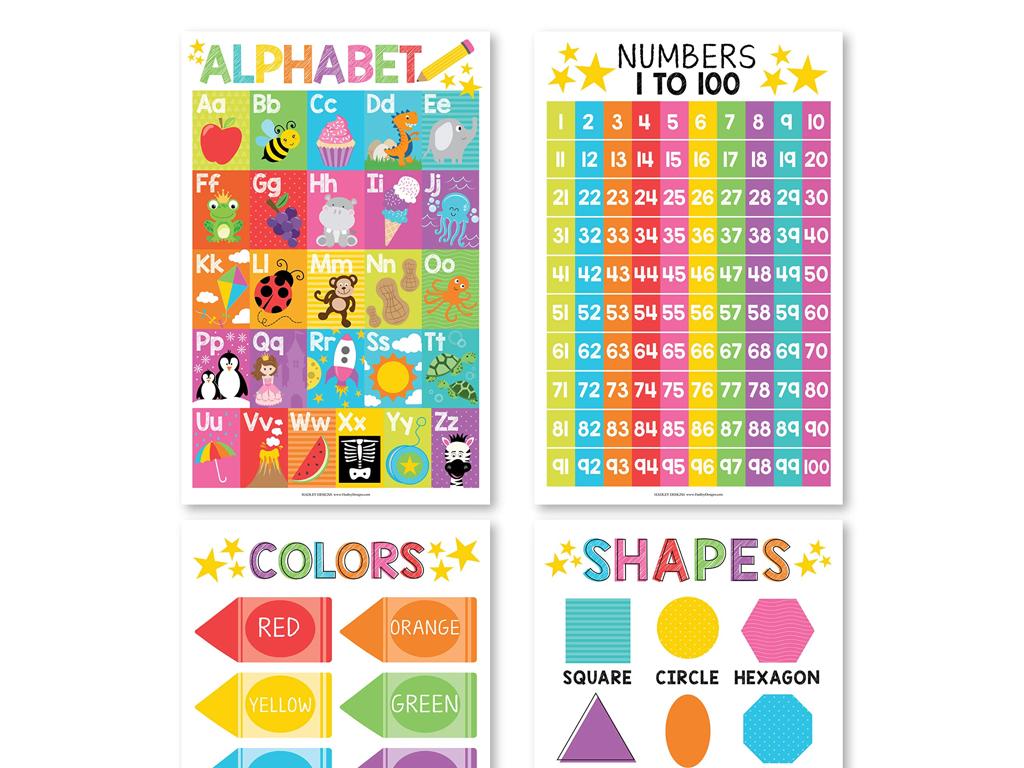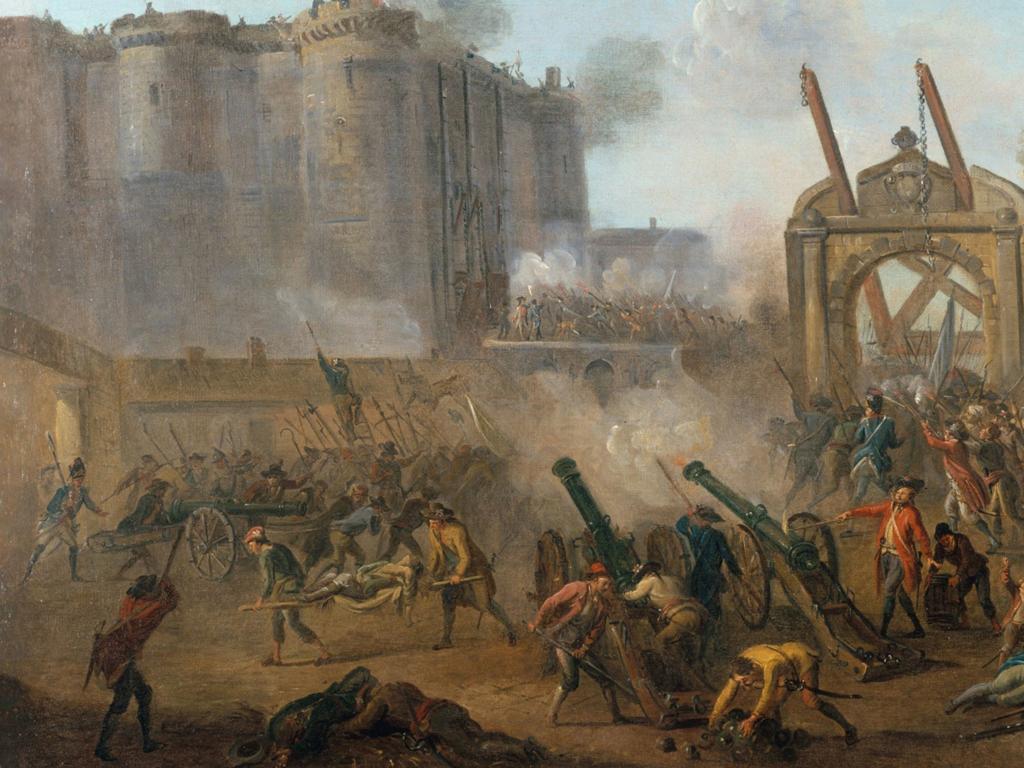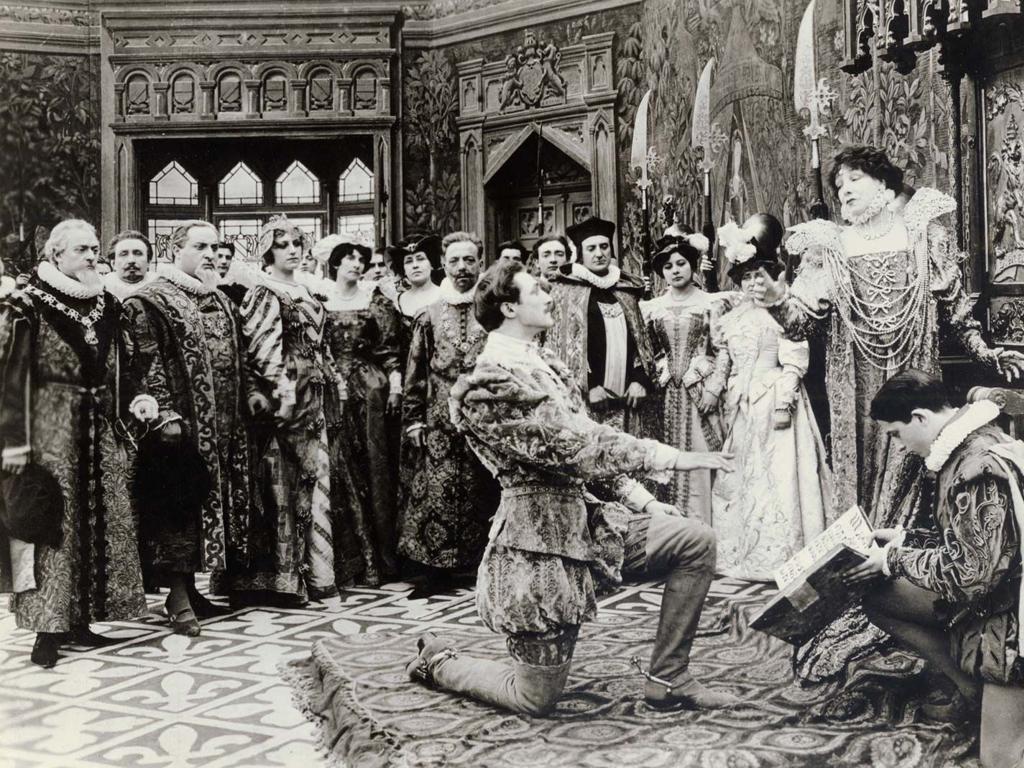Form And Use The Irregular Past Tense: Set 4
Subject: Language arts
Grade: Fourth grade
Topic: Identify The Irregular Past Tense
Please LOG IN to download the presentation. Access is available to registered users only.
View More Content
Today’s Adventure: Irregular Past Tense Verbs!
– Regular vs. Irregular Verbs
– Regular verbs end in ‘ed’ in past tense
– Irregular verbs don’t follow a pattern
– Words like ‘go’ become ‘went’, not ‘goed’
– Importance of Irregular Past Tense
– Helps in writing and speaking correctly
– Practice makes perfect!
– We’ll learn through fun activities
|
This slide introduces the concept of irregular past tense verbs to fourth graders. Begin by explaining the difference between regular verbs, which typically end in ‘ed’ to form the past tense, and irregular verbs, which do not follow this pattern. Emphasize the importance of learning irregular verbs as they are commonly used in both spoken and written English, and mastering them is crucial for proper communication. Encourage students that with practice, they will become more familiar with these verbs. Plan to engage the class with interactive activities such as matching games, fill-in-the-blanks, and storytelling exercises to reinforce their learning.
Irregular Past Tense Verbs: Set 4
– Understanding irregular verbs
– Verbs that don’t follow regular past tense rules
– ‘Add -ed’ rule exceptions
– Examples: go – went, have – had
– ‘Go’ becomes ‘went’ and ‘have’ becomes ‘had’
– Some verbs remain the same
– ‘Set’ stays ‘set’ in past tense, just like ‘put’ and ‘cut’
|
This slide introduces the concept of irregular verbs to the students, emphasizing that they do not follow the standard rule of adding ‘-ed’ to form the past tense. Provide clear examples of common irregular verbs and highlight that some verbs, like ‘set’, do not change at all in the past tense. Encourage students to think of other verbs they know and to identify if they are regular or irregular. Use engaging activities where students can practice converting present tense verbs to their irregular past tense forms. This will help solidify their understanding of irregular verbs and prepare them for more advanced grammar concepts.
Regular vs. Irregular Past Tense Verbs
– Regular verbs end with ‘ed’
– For example: ‘talk’ turns into ‘talked’
– Irregular verbs change form
– For example: ‘jump’ turns into ‘jumped’
– ‘begin’ becomes ‘began’
– Unlike ‘talked’, ‘begin’ does not end with ‘ed’
– ‘run’ changes to ‘ran’
– Notice ‘run’ does not follow the ‘ed’ rule
|
This slide introduces the concept of regular and irregular past tense verbs to fourth-grade students. Regular verbs follow a pattern, typically adding ‘ed’ to form the past tense. In contrast, irregular verbs do not follow this pattern and change form entirely. Use examples like ‘talk’ to ‘talked’ and ‘jump’ to ‘jumped’ to illustrate regular verbs. Highlight irregular verbs with examples such as ‘begin’ to ‘began’ and ‘run’ to ‘ran’. The activity involves students identifying and categorizing verbs from a given list into regular and irregular past tense forms. For the activity, provide sentences with missing verbs and ask students to fill in the correct past tense form. Encourage them to explain their choices, reinforcing the concept of irregular verbs. This interactive approach will help solidify their understanding of past tense verb forms.
Irregular Past Tense: Set 4 Verbs
– Understanding Set 4 verbs
– Examples: teach – taught
– Past tense of ‘teach’ is ‘taught’
– Examples: think – thought
– ‘Think’ becomes ‘thought’ in past tense
– Discovering the pattern
– Can you see what changed in these words?
|
This slide introduces Set 4 of irregular past tense verbs to the students. Begin by explaining that unlike regular verbs, irregular verbs do not follow a set rule for past tense conjugation. Provide the examples ‘teach’ and ‘think’ to illustrate how these verbs change form to ‘taught’ and ‘thought’ respectively. Encourage students to notice the pattern in these changes, even though they are irregular. Ask them to think of other verbs that might follow a similar pattern and to be ready to discuss their ideas in class. The goal is to help students recognize and use these irregular forms in their writing and speaking.
Using Irregular Past Tense in Sentences
– Forming sentences with irregular verbs
– Irregular verbs don’t follow regular rules
– Example: ‘Yesterday, I taught…’
– ‘Taught’ is the past tense of ‘teach’
– Your turn with ‘think – thought’
– Use ‘thought’ in a past tense sentence
|
This slide introduces students to the concept of forming sentences using irregular past tense verbs, which do not follow the standard ‘-ed’ ending rule. Start by explaining that irregular verbs change in unique ways from present to past tense. Provide the example sentence to illustrate how ‘teach’ becomes ‘taught’. Then, engage the students by asking them to create their own sentences using ‘think’ in the past tense, which is ‘thought’. Encourage creativity and provide guidance to ensure they understand the concept. This activity will help solidify their understanding of irregular verbs in a practical and interactive way.
Irregular Past Tense Verb Game
– Learn with a matching game
– Match present to past tense
– Find pairs like ‘go’ and ‘went’
– Focus on irregular verbs
– Irregular verbs don t add -ed
– Ready, set, go!
|
This slide introduces an interactive class activity designed to help students learn irregular past tense verbs through a matching game. The game will involve students matching present tense verbs to their irregular past tense forms. For example, ‘go’ matches with ‘went’, and ‘buy’ with ‘bought’. Remind students that unlike regular verbs, irregular verbs do not follow a set pattern and do not simply add -ed to form the past tense. Prepare a list of verb pairs for the activity, ensure that each student has a chance to participate, and consider offering small rewards for correct matches to make the learning process enjoyable. After the game, discuss with the class why it’s important to know irregular verbs and how they are used in everyday language.
Story Time with Irregular Past Tense!
– Create a story using Set 4 verbs
– Use verbs like ‘taught’, ‘slept’, ‘kept’
– Pair up and share your stories
– Exchange stories to learn from each other
– Some stories will be read aloud
– Volunteers can read their story to the class
– Focus on using verbs correctly
|
This class activity is designed to help students practice using irregular past tense verbs in a fun and interactive way. By creating their own stories, students will be able to apply their knowledge of Set 4 irregular past tense verbs in context. Working in pairs allows for peer learning and encourages collaboration. Selecting a few stories to be read aloud to the class will provide students with the opportunity to showcase their work and will serve as a learning experience for the entire class. Encourage creativity and correct usage of the past tense. Possible verbs to include are ‘taught’, ‘slept’, ‘kept’, and others from the set. Provide guidance and support as needed, and ensure that each student participates in the activity.
Review and Practice: Irregular Past Tense
– Recap today’s irregular verbs
– We reviewed verbs like ‘go’ became ‘went’
– Take-home practice worksheet
– Complete the worksheet for more practice
– Practice is key to mastery
– The more you practice, the better you’ll remember
– Share examples with family
|
This slide aims to consolidate the learning of irregular past tense verbs. Start with a quick review of the verbs discussed in the lesson, such as ‘go’ turning into ‘went’, and ‘come’ into ‘came’. Distribute the practice worksheet, which includes various exercises to reinforce their understanding. Remind students that consistent practice is crucial for mastering irregular verbs. Encourage them to try using these verbs in sentences at home and share their examples with family members to further enhance their learning experience. The worksheet should be diverse, including fill-in-the-blanks, matching, and sentence creation to cater to different learning styles.
Wrapping Up: Irregular Past Tense Verbs
– Congratulations on learning irregular past tense!
– Homework: Finish the practice worksheet
– Practice makes perfect, apply what you’ve learned
– Note down any questions for next class
– Don’t hesitate to ask if something is unclear
– Keep practicing with family and friends!
|
Today’s lesson focused on understanding and using irregular past tense verbs, which do not follow the standard ‘-ed’ ending rule. As a conclusion, praise the students for their hard work and encourage them to complete the provided worksheet to reinforce their learning. Remind them to write down any questions or difficulties they encounter while doing their homework to discuss in the next class. This will help address any uncertainties and solidify their grasp of the topic. Additionally, suggest that they practice using irregular past tense verbs in conversations with family and friends to further enhance their skills.






